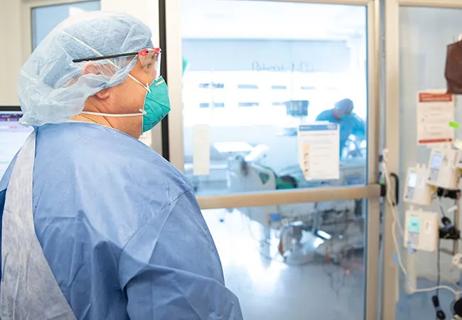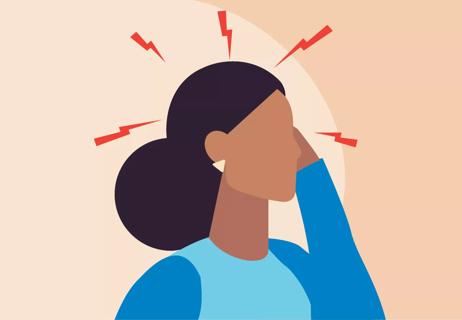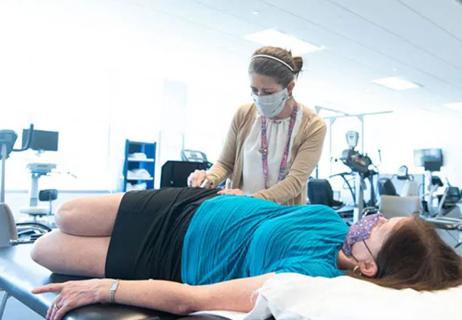Pharmacologic, procedural and surgical treatments abound
Trigeminal neuralgia, or tic douloureux, can cause sudden, sporadic and debilitating burning or shock-like pain in the face or head. While rare — affecting only four to five out of 100,000 people — it affects more women than men and is more common in older adults. Patients of any age require a thorough workup since trigeminal neuralgia can be triggered by multiple sclerosis or a brain tumor.
Cleveland Clinic is a non-profit academic medical center. Advertising on our site helps support our mission. We do not endorse non-Cleveland Clinic products or services. Policy
Emad Estemalik, MD, Section Head of Headache and Facial Pain in Cleveland Clinic’s Center for Neurological Restoration, discusses the challenges of diagnosing and treating this condition in the latest episode of Cleveland Clinic’s Neuro Pathways podcast.
His brief audio interview highlights the following:
Click the player below to listen to the podcast now, or read on for a short edited excerpt. Check out more Neuro Pathways episodes at clevelandclinic.org/neuropodcast or wherever you get your podcasts.
Dr. Estemalik: We always like to have patients first seen by one of our headache specialists or neurologists to ensure the accurate diagnosis has been made and the workup has been concluded. Patients should exhaust all pharmacological and procedural treatments before seeing a neurosurgeon. At a later point when, for instance, treatments are not working anymore, we discuss surgical approach.
The vast majority of patients do respond to the initial treatment, so that is good news. Some of the drugs that we use — like seizure medications, antidepressants and skeletal muscle relaxants — though they work, often have side effects. We try to work with the patient on the best medical option.
Then there are certain procedures that are very simple — like trigeminal nerve blocks and botulinum toxin injections — that also can provide pain relief. Our goal is to exhaust all these options before going to the next step, surgical intervention.
Again, we have a group of physicians, neurologists, headache specialists and surgeons who work closely together in setting the treatment plan.
The one thing we always tell our trigeminal neuralgia patients is that this is a chronic illness. We are not going to cure it right away, and it’s very, very likely that it’s always going to be there.

Q&A with Brain Trauma Foundation guideline architect Gregory Hawryluk, MD, PhD

Q&A with newly arrived autoimmune neurology specialist Amy Kunchok, MD

A neurocritical care specialist shares what’s spurring growth of this new evaluation approach

Focused ultrasound offers a newer alternative to deep brain stimulation

Prehabilitation can help improve outcomes after spine surgery

Get ready for central vein sign and optical coherence tomography

How these new drugs fit into practice two years out from their first approvals

A conversation on the state of physiatry with the AAPM&R’s Vice President